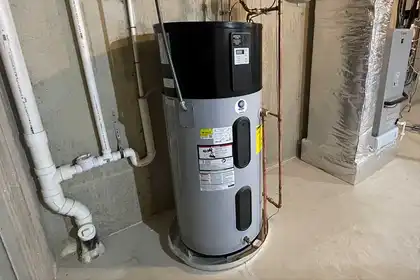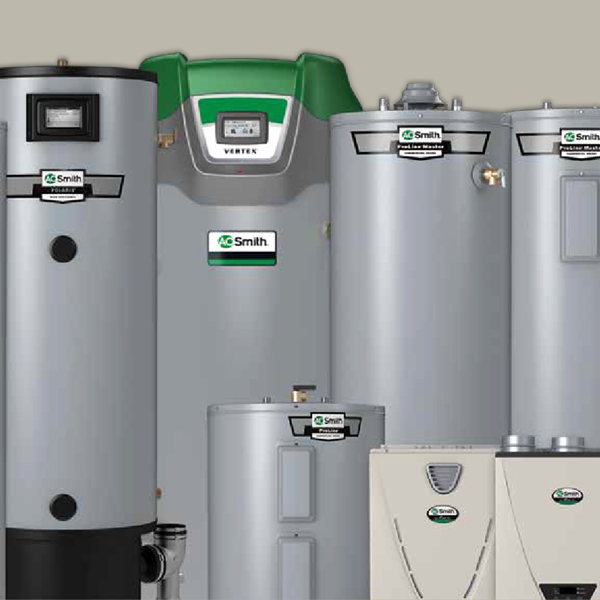Trusted water heater installation in Buena Park for smooth service
Trusted water heater installation in Buena Park for smooth service
Blog Article
DIY Water Heating System Installation: Essential Steps for Success
When considering a do it yourself water heating system setup, it is vital to approach the task with a methodical mindset, as the process involves numerous important actions that can significantly influence both security and efficiency. Choosing the ideal hot water heater for your specific demands is simply the start; preparing the installation area and understanding the needed devices and materials are similarly vital. As we explore the methodical method to installment, it ends up being obvious that overlooking any kind of information might result in issues down the line. Are you prepared to browse the ins and outs of this home enhancement job?
Picking the Right Hot Water Heater
When selecting a hot water heater, it is important to think about a number of crucial factors to ensure optimal performance and effectiveness - water heater installation Yorba Linda. First of all, assess the sort of hot water heater that finest suits your needs. Choices consist of tankless, storage space container, and heatpump hot water heater, each offering distinctive benefits in regards to energy effectiveness and space requirements
Following, examine the ability needed for your home. A larger family may require a device with a better gallon capability or a tankless system that can give continual warm water. It's additionally important to consider the energy resource; common options consist of electrical, gas, and gas. Each energy kind has ramifications for setup expenses and long-term power expenditures.
Energy efficiency is another essential variable. Search for systems with a high Power Element (EF) rating, as these versions consume much less power and can substantially reduce energy costs. Additionally, look for warranties and brand name reliability, as these can suggest the longevity and maintenance demands of the system. By carefully reviewing these variables, you can choose a water heating system that lines up with your family's specific requirements, guaranteeing comfort and performance for several years ahead.
Tools and Materials Needed
Successfully setting up a hot water heater calls for not just the best selection of device however additionally the proper devices and products. Prior to embarking on your do it yourself job, guarantee you have a comprehensive list of things to promote a smooth installation procedure.
Necessary tools consist of a pipeline wrench, adjustable pliers, and a screwdriver collection (both flathead and Phillips), which will assist you handle different fittings and connections. Furthermore, a drill with proper little bits is essential for mounting braces or making any required holes. For safety and security, a voltage tester is important, especially when managing electrical hot water heater.
When it comes to products, obtain Teflon tape to ensure leak-proof connections on threaded installations. You will certainly likewise need a flexible water line, which can be either knotted stainless steel or PVC, depending on your choices and local codes. Don't forget to equip up on fittings, such as joints and couplings, to attach the pipes firmly. Lastly, a pan or drip tray can assist take care of any kind of potential leaks, supplying an included layer of safety and security. By gathering these tools and products in advance, you established the phase for an effective water heater installation.
Planning For Installation
Prior to beginning the setup of your water heater, it is critical to evaluate the setup site to ensure it meets all essential requirements. Begin by confirming that the area is well-ventilated, particularly for gas hot water heater, to stop the accumulation of harmful gases. Look for the availability of necessary connections, including water supply lines and electric outlets, this content guaranteeing they are in good problem and correctly located.

In addition, check the existing pipes and electrical systems to figure out if upgrades or fixings are required before installment. This aggressive strategy not only important source makes certain compliance with neighborhood building regulations yet additionally enhances the longevity and performance of the hot water heater. Gather all needed permits, if needed, to avoid legal issues later on. Proper preparation sets the stage for a smooth installation procedure and aids stop unanticipated concerns.
Step-by-Step Installation Refine
With the prep work total and all necessary analyses conducted, the following phase involves the step-by-step setup of your water heating unit. For tank-type water heating units, attach the cool water supply line to the inlet, typically noted in blue, and the warm water line to the electrical outlet, normally designated in red.
Following, protect the temperature and stress safety valve, which is vital for safety and security. Affix the discharge pipeline to this shutoff, guiding it in the direction of the floor or an ideal drainage area. For electric designs, link the power supply by stripping the cables and protecting them to the heater's terminals according to the supplier's instructions.
If you are mounting a gas hot water heater, guarantee the gas line is linked appropriately and inspect for leakages using a soap option. Nevertheless connections are made, fill the tank with water before activating the power or gas supply. Allow the water heating system to get to the desired temperature level and check for any type of leaks around all links.
Ensuring Safety And Security and Performance
On a regular basis ensuring safety and security and performance throughout the installation and procedure of your hot water heater is vital for ideal efficiency and longevity. Begin by choosing an ideal area that abides by local building regulations and gives appropriate air flow. Make certain that the area is devoid of combustible materials and has sufficient area for upkeep and inspections.

After installation, conduct routine examine the device to detect leaks, deterioration, or uncommon sounds. Establish the thermostat to a secure temperature level, generally around 120 ° F, to avoid scalding and improve energy efficiency. Insulate pipes to lower warmth loss, which adds to lower power costs.
Conclusion
In final thought, effective Do it yourself water heating unit installation pivots on mindful preparation and execution. Choosing the suitable water heater, preparing the installment area, and adhering to an organized installation process are essential steps.
When considering a DIY water heating unit setup, it is necessary to come close to the job with a methodical attitude, as the process includes several crucial steps that can considerably impact both safety and security and performance.Prior to starting the setup of your water heating system, it is vital to examine the setup website to ensure it fulfills all needed requirements. For tank-type water heating units, connect the cold water supply line to the inlet, generally marked in blue, and the hot water line to the electrical outlet, typically assigned in red.Regularly making certain security and efficiency during the setup and operation of your water heating system is essential for optimum efficiency and durability. Picking the ideal water heating system, preparing the installation area, and following an organized installment procedure are important actions.
Report this page